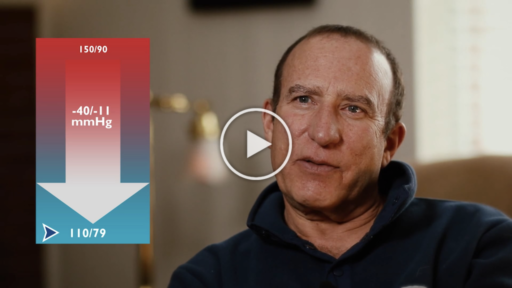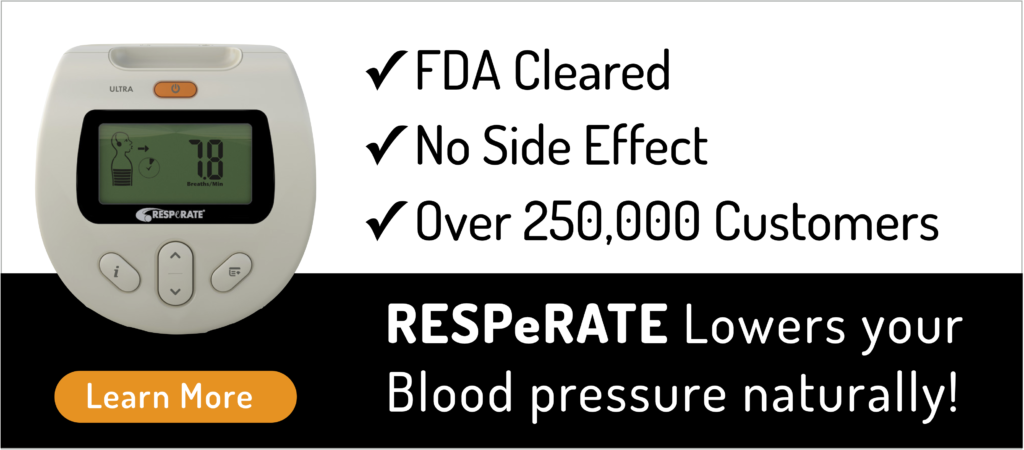This weeks question comes from Bella P, San Marcos Tx. She stated that she does not like the effects of oral medications and wants to know if a patch is available. Well, Yes there is one and it is called Clonidine Patch
What is Clonidine<2>
Transdermal clonidine is used alone or in combination with other medications to treat high blood pressure. Clonidine is in a class of medications called centrally acting alpha-agonist hypotensive agents.
It works by decreasing your heart rate and relaxing the blood vessels so that blood can flow more easily through the body.
Clonidine Patch Efficacy
In a Mayo Clinic review, the patch was found to be as effective as tablets, and sometimes even better.
The researchers concluded that “The rate at which dose increases were found necessary to maintain adequate blood pressure control over extended periods reflects a low incidence of tolerance to this new once-a-week dosage form of clonidine, and there has been little evidence of rebound hypertension after discontinuation of TTS treatment.”
How do I use the patch
Transdermal clonidine comes as a patch to apply to the skin. It is usually applied to the skin every 7 days.
Follow the directions on your prescription label carefully, and ask your doctor or pharmacist to explain any part you do not understand.
Use the patch exactly as directed. Do not apply it more or less often than prescribed by your doctor.
Apply clonidine patches to clean, dry skin on a hairless area on the upper, outer arm or upper chest.
Choose an area where it will not be rubbed by tight clothing. Do not apply patches to skin that has wrinkles or folds or to skin that is cut, scraped, irritated, scarred or recently shaved. You may bathe, swim, or shower while you are wearing a clonidine patch.
If the clonidine patch loosens while wearing it, apply the adhesive cover that comes with the patch. The adhesive cover will help to keep the clonidine patch on until it is time for the patch to be replaced.
If the clonidine patch significantly loosens or falls off, replace it with a new one in a different area. Replace the new patch on your next scheduled patch change day.
Your doctor may start you on a low dose of clonidine patch and gradually increase your dose, not more than once every week.
Watch How Mark Lowered His Blood Pressure Naturally. It was 150/100, this morning it was 110/79 Watch Video
How does the Clonidine patch work?
Clonidine patch controls high blood pressure but does not cure it. It may take 2-3 days before the full benefit of clonidine patch is seen in your blood pressure readings.
Continue to use clonidine patch even if you feel well. Do not stop using clonidine patch without talking to your doctor.
If you suddenly stop using clonidine patch, it can cause a rapid rise in blood pressure and symptoms such as nervousness, headache, and confusion. Your doctor will probably decrease your dose gradually over 2 to 4 days.
Ask your pharmacist or doctor for a copy of the manufacturer’s information for the patient and read it carefully.
To apply the patch, follow the directions in the patient instructions. Be sure to ask your pharmacist or doctor if you have any questions about how to use this medication.
You must not rely on the information on our website as an alternative to medical advice from your doctor or other professional healthcare provider.
If you have any specific questions about any medical matter, you should consult your doctor or other professional healthcare provider.
If you think you may be suffering from any medical condition, you should seek immediate medical attention.
You should never delay seeking medical advice, disregard medical advice or discontinue medical treatment because of information on our website.








 Download Brochure
Download Brochure